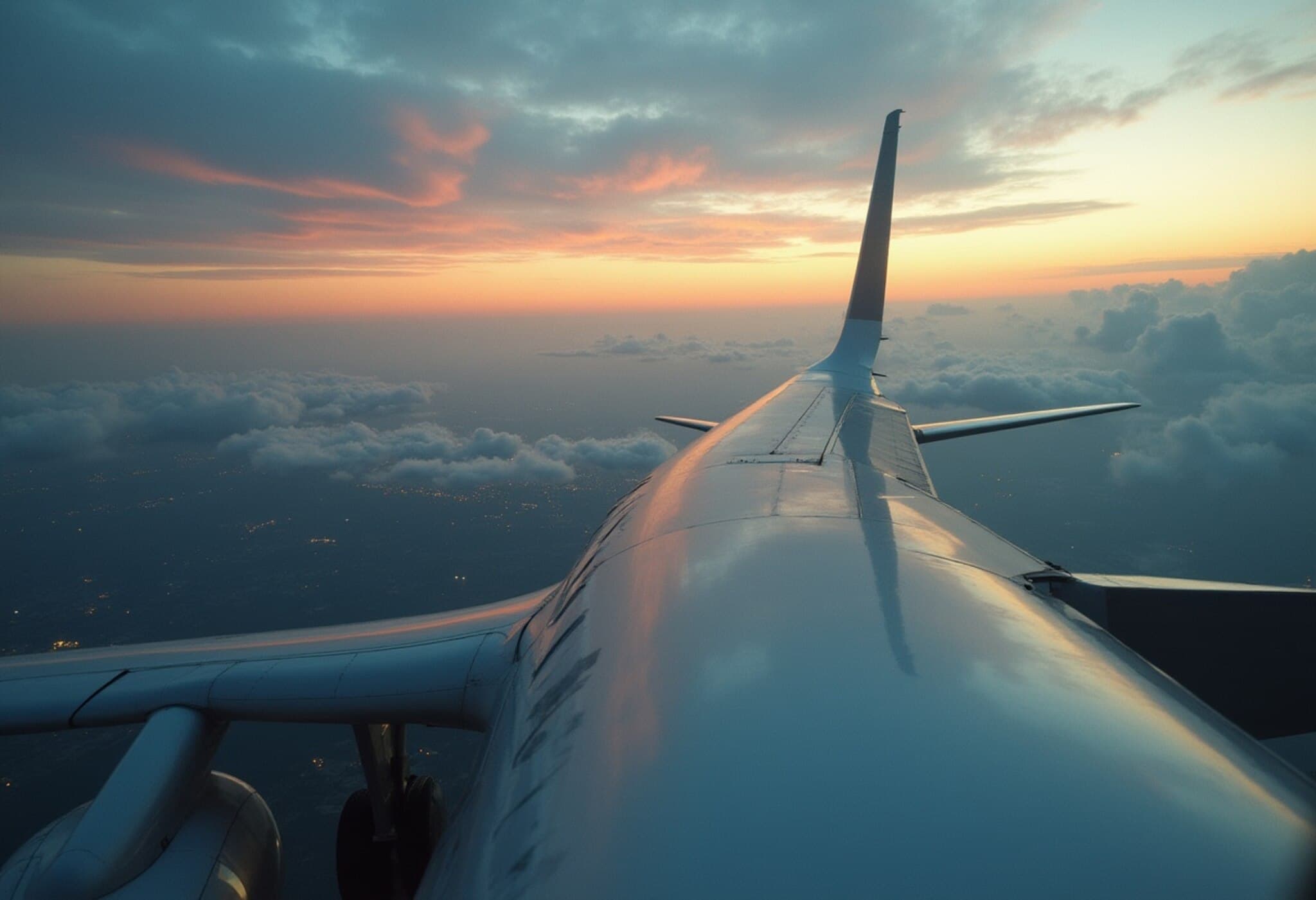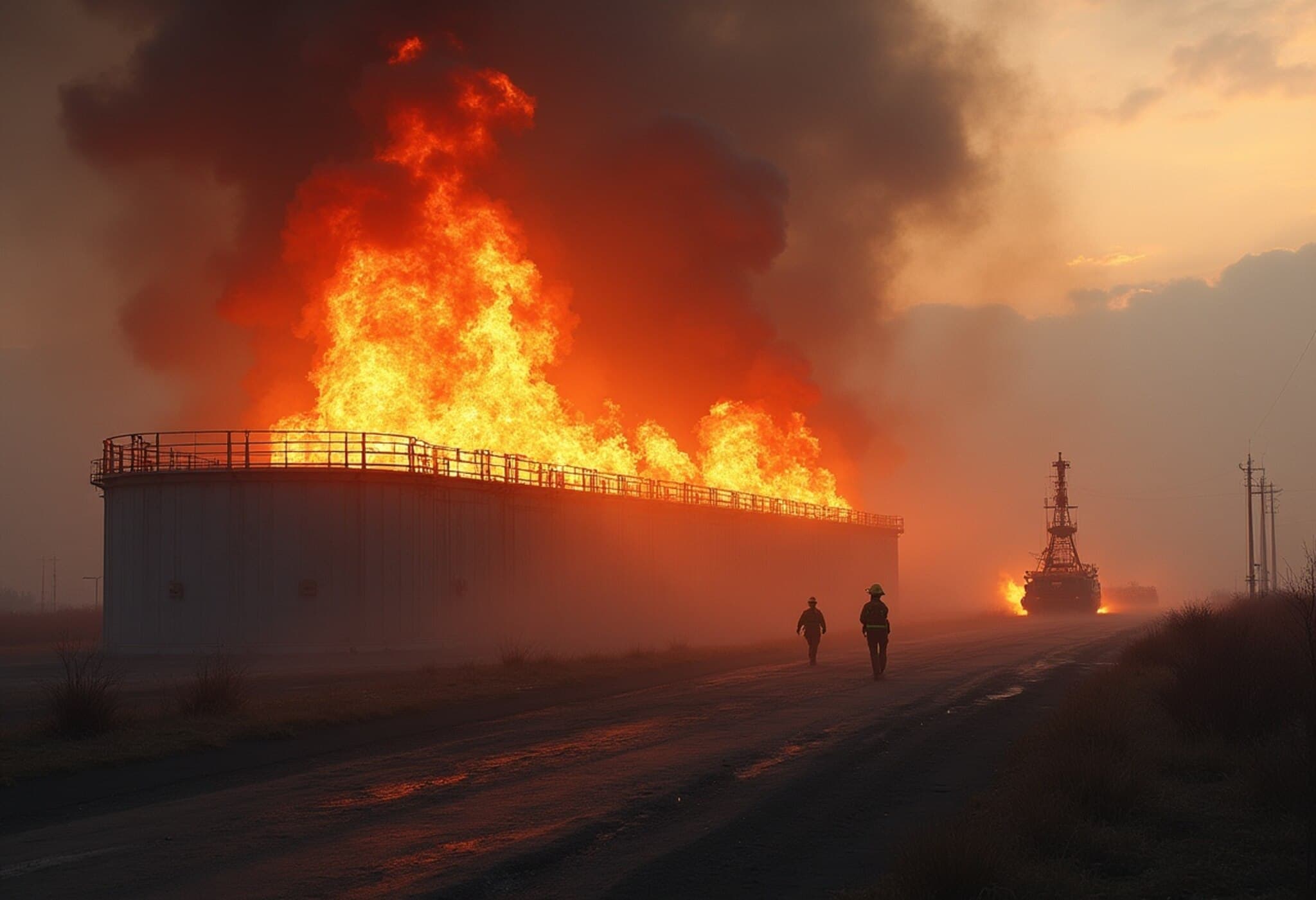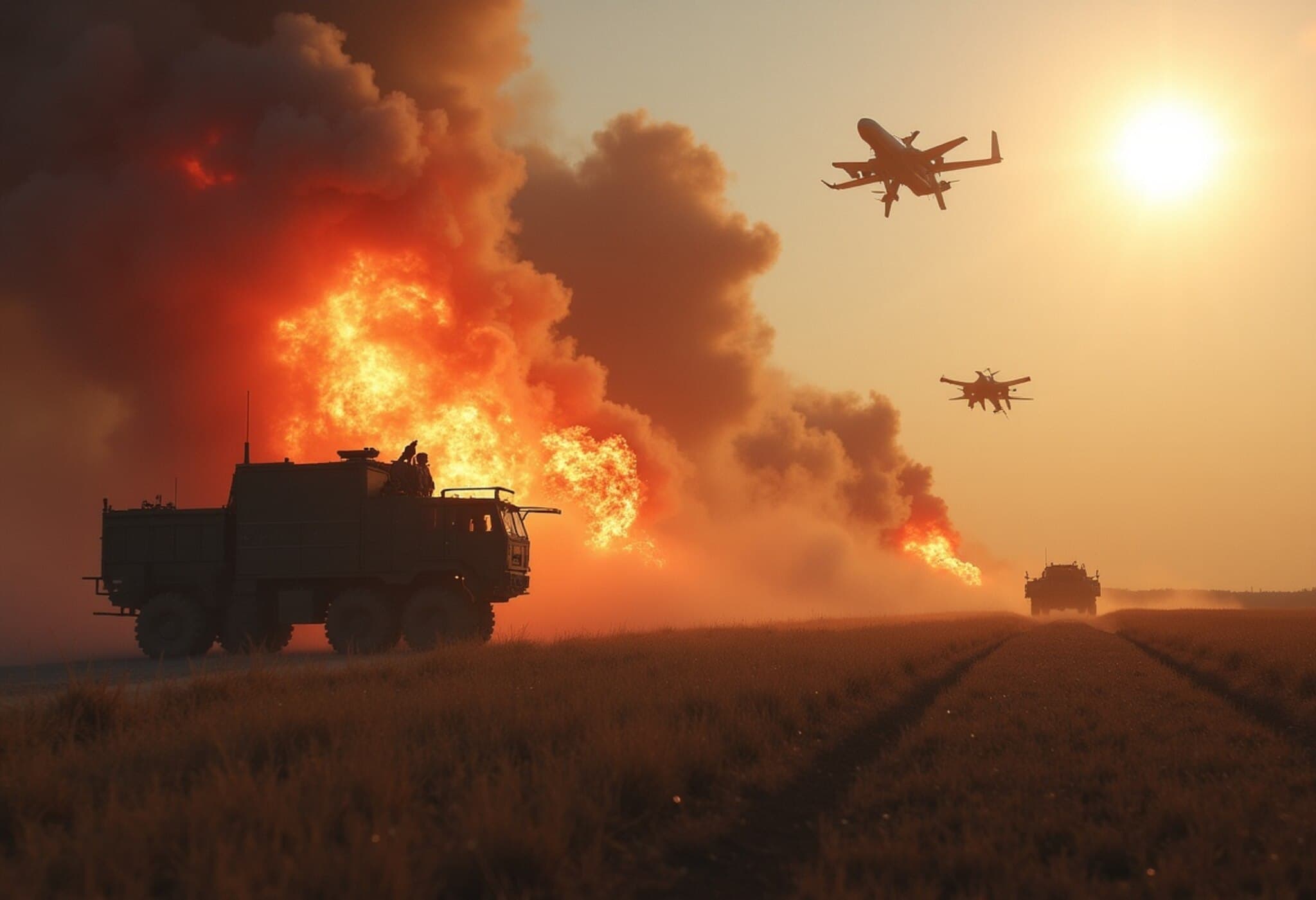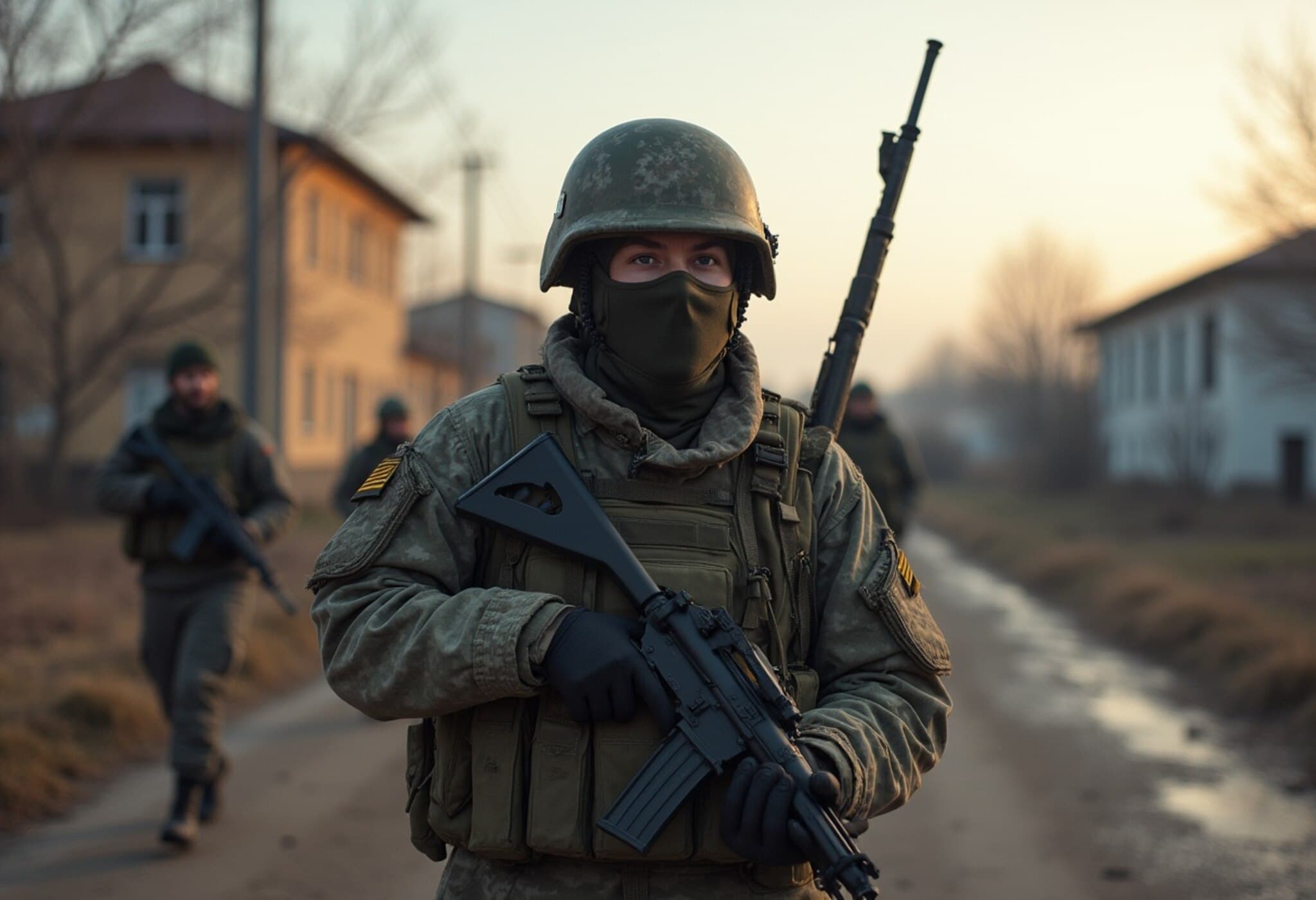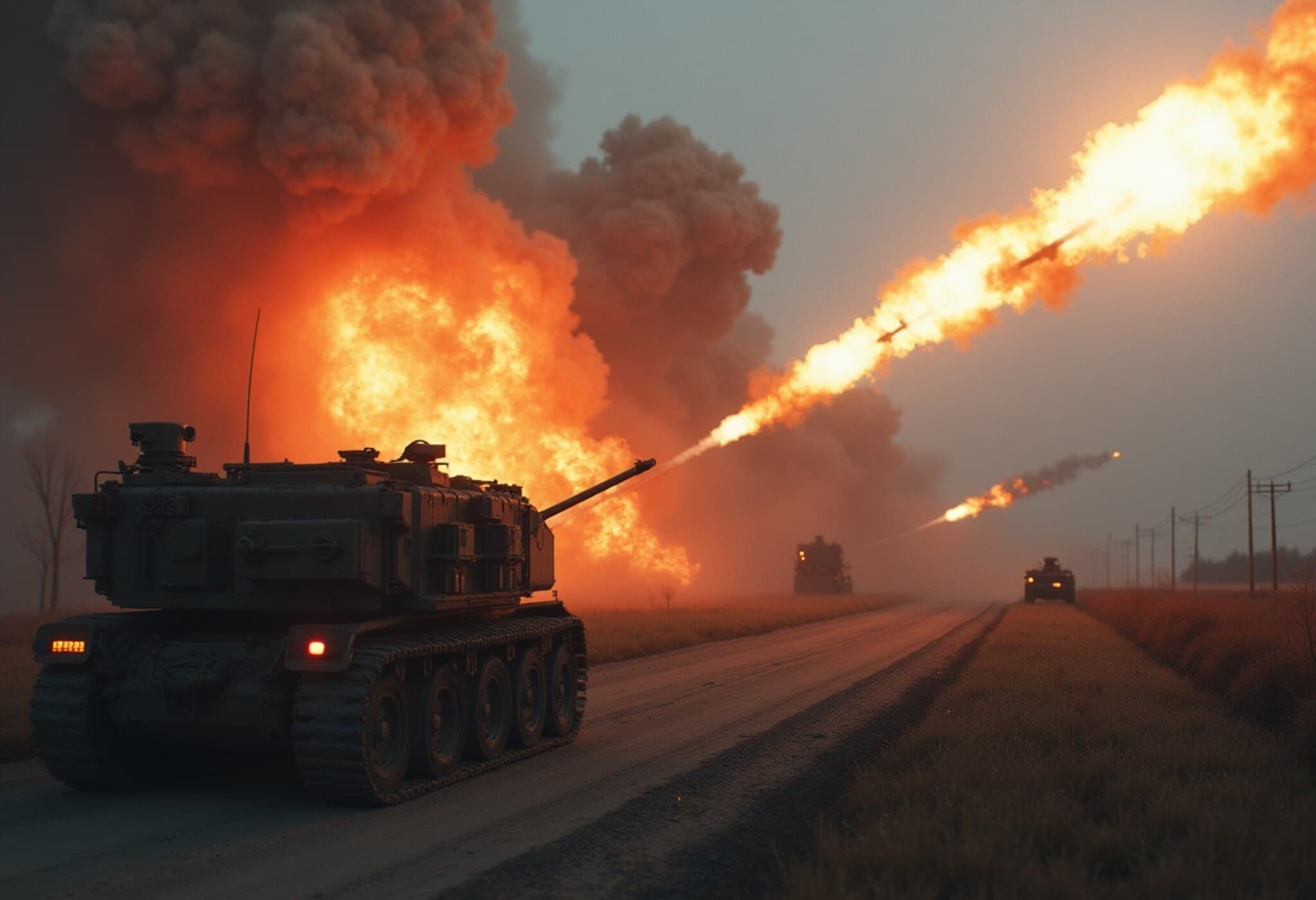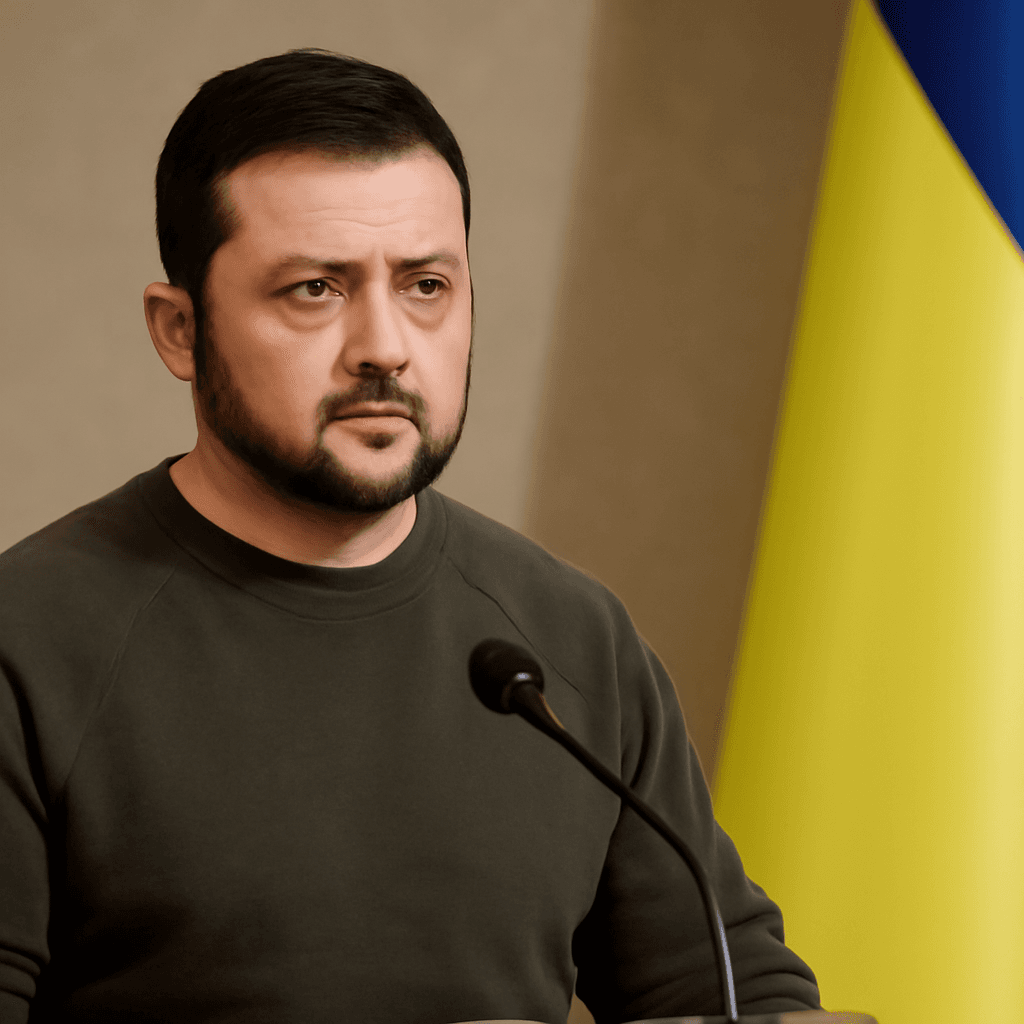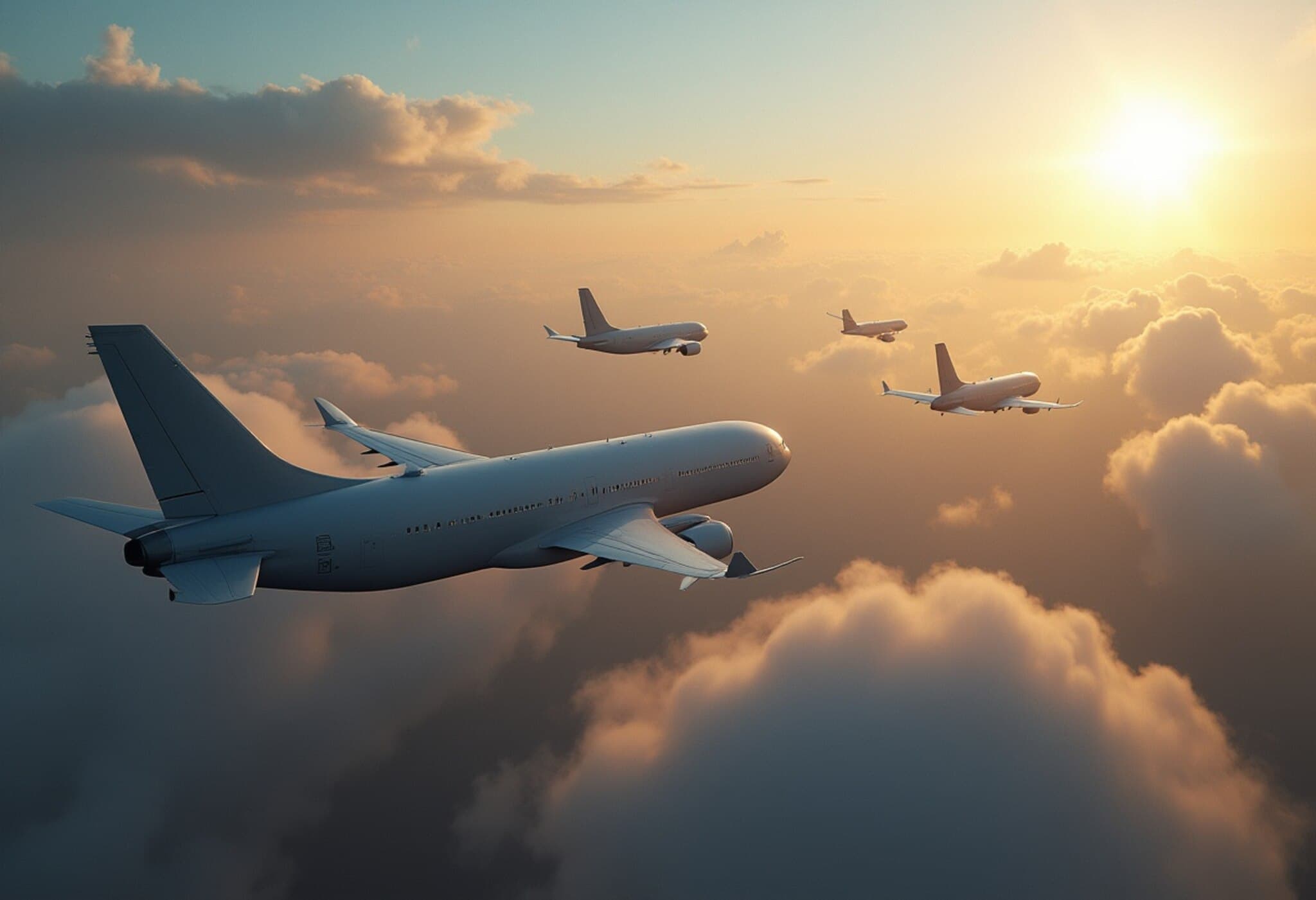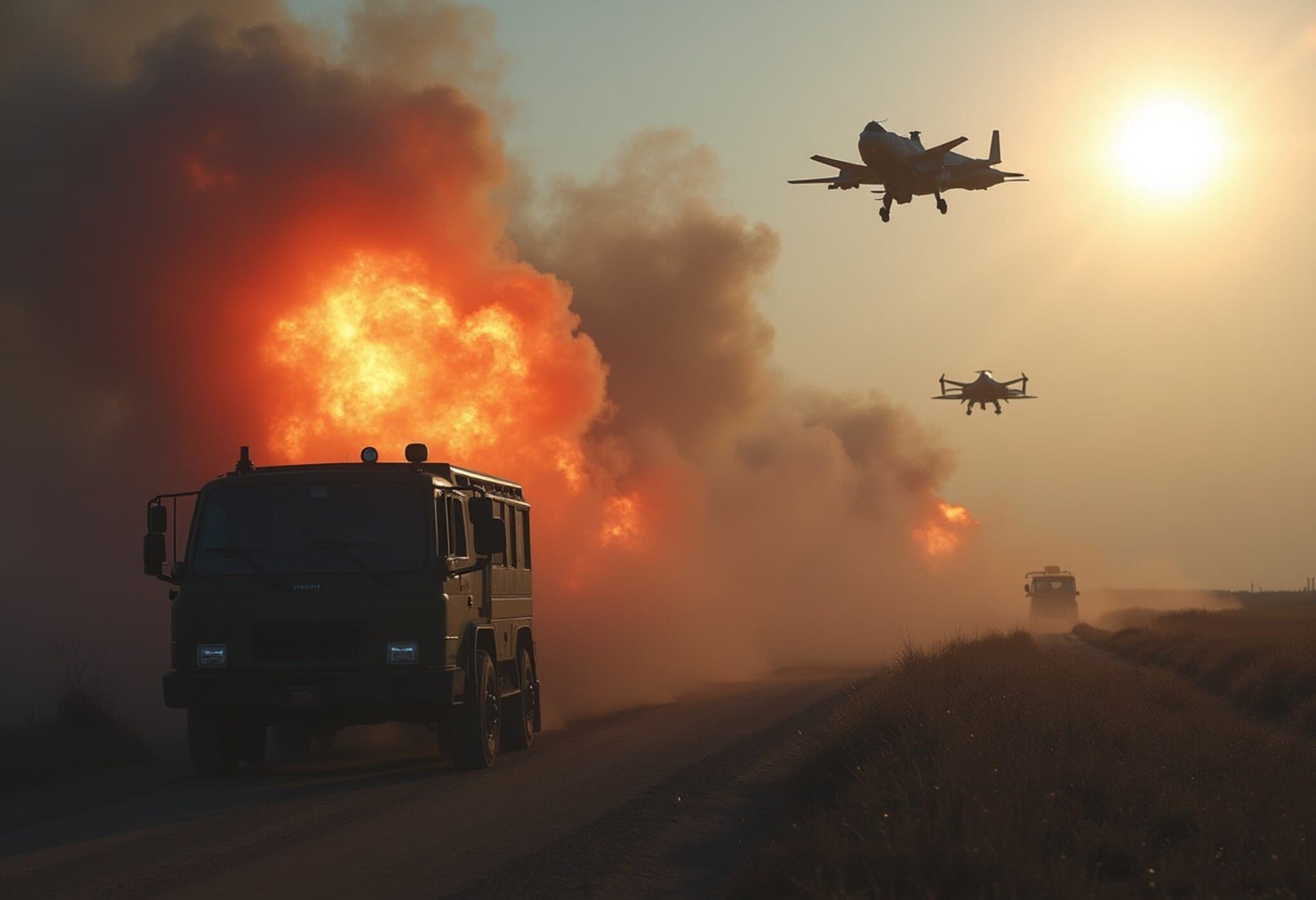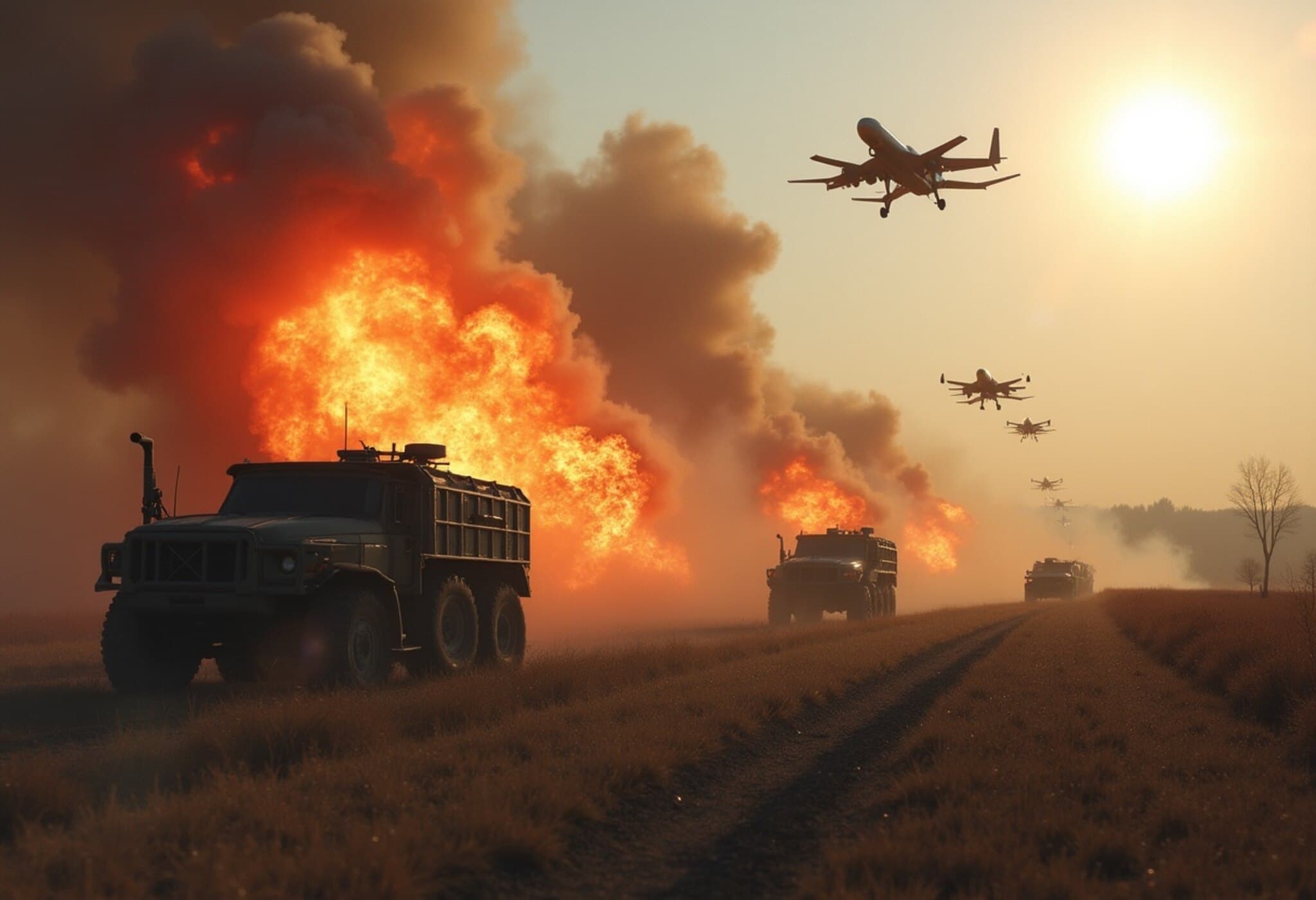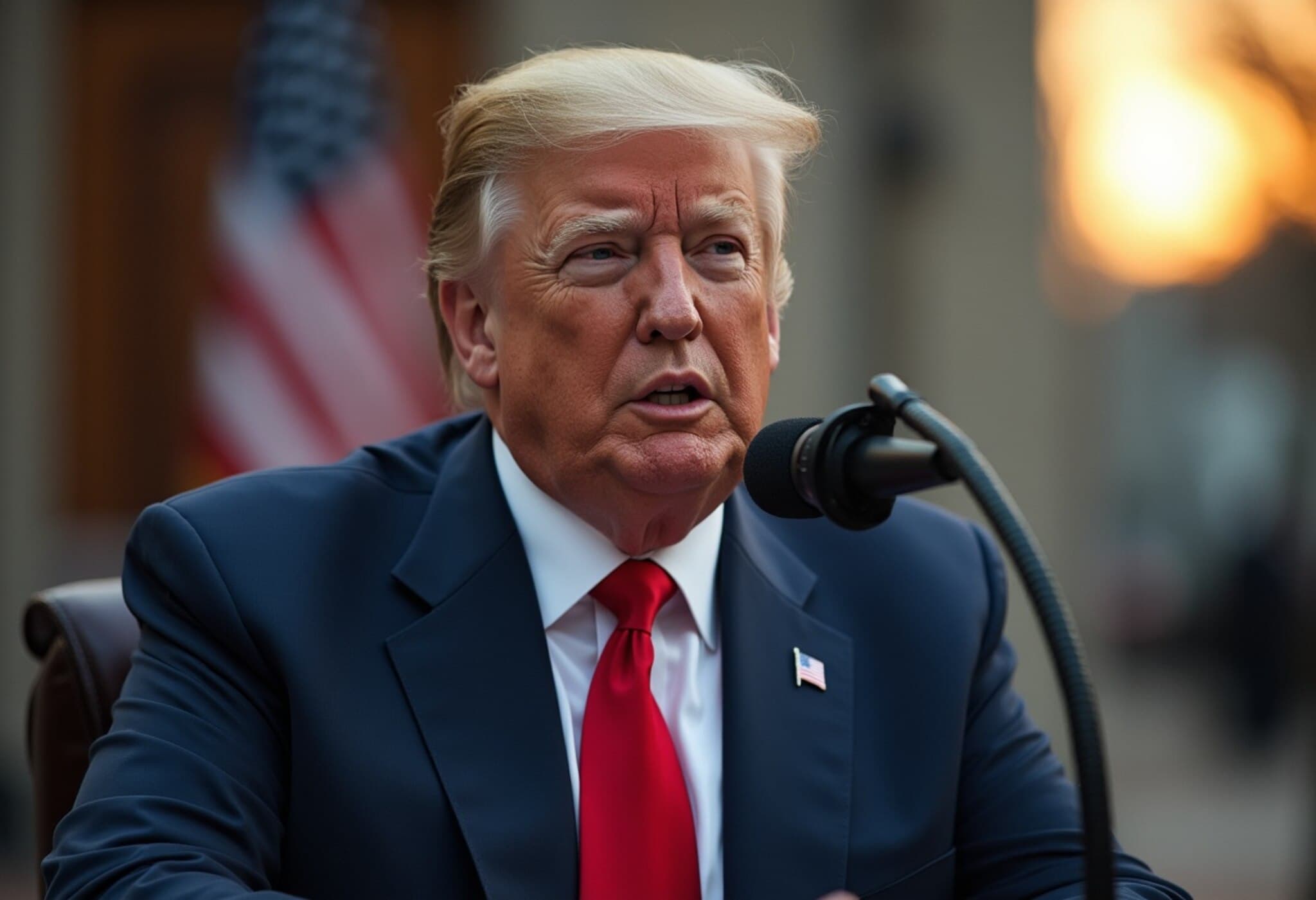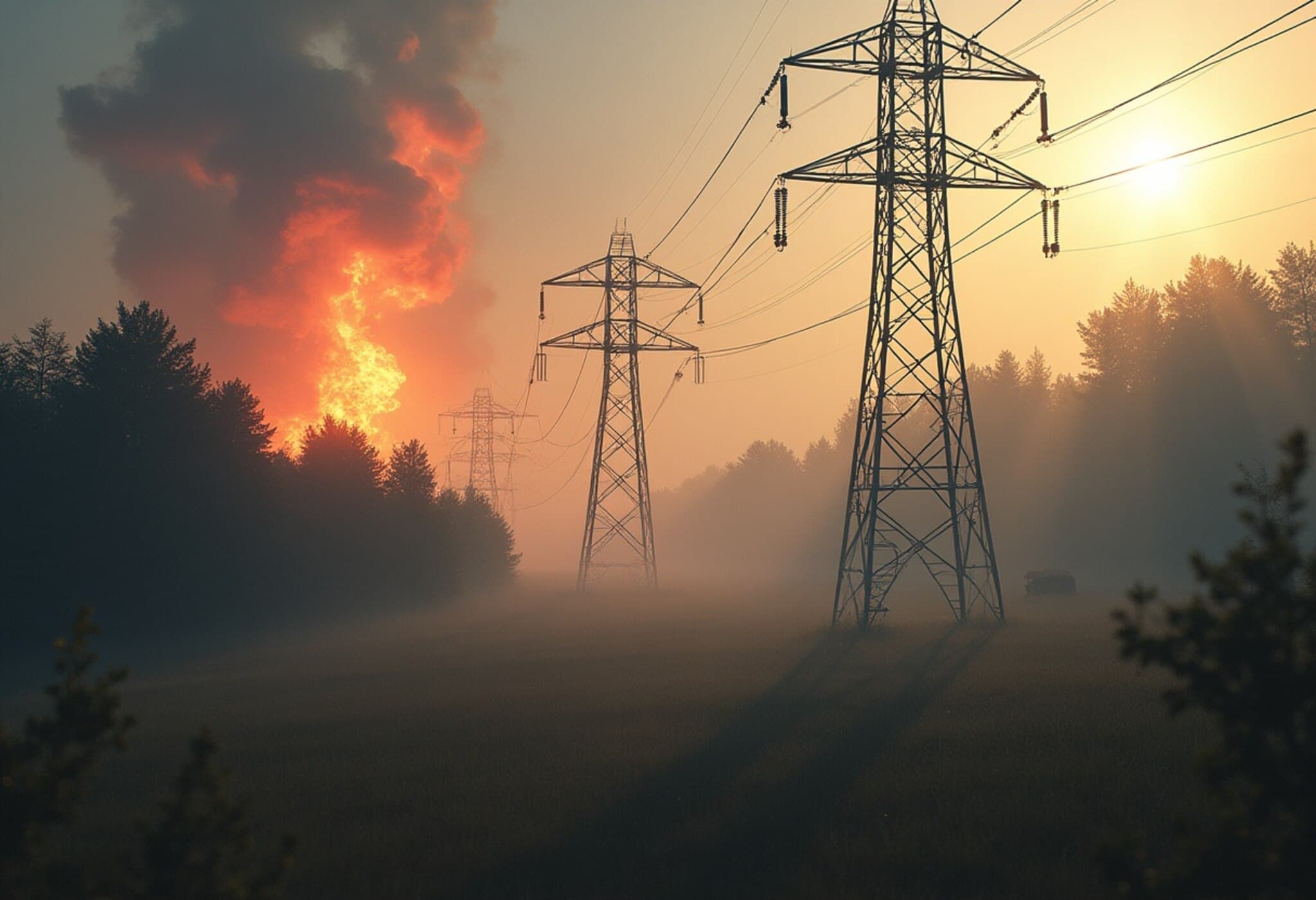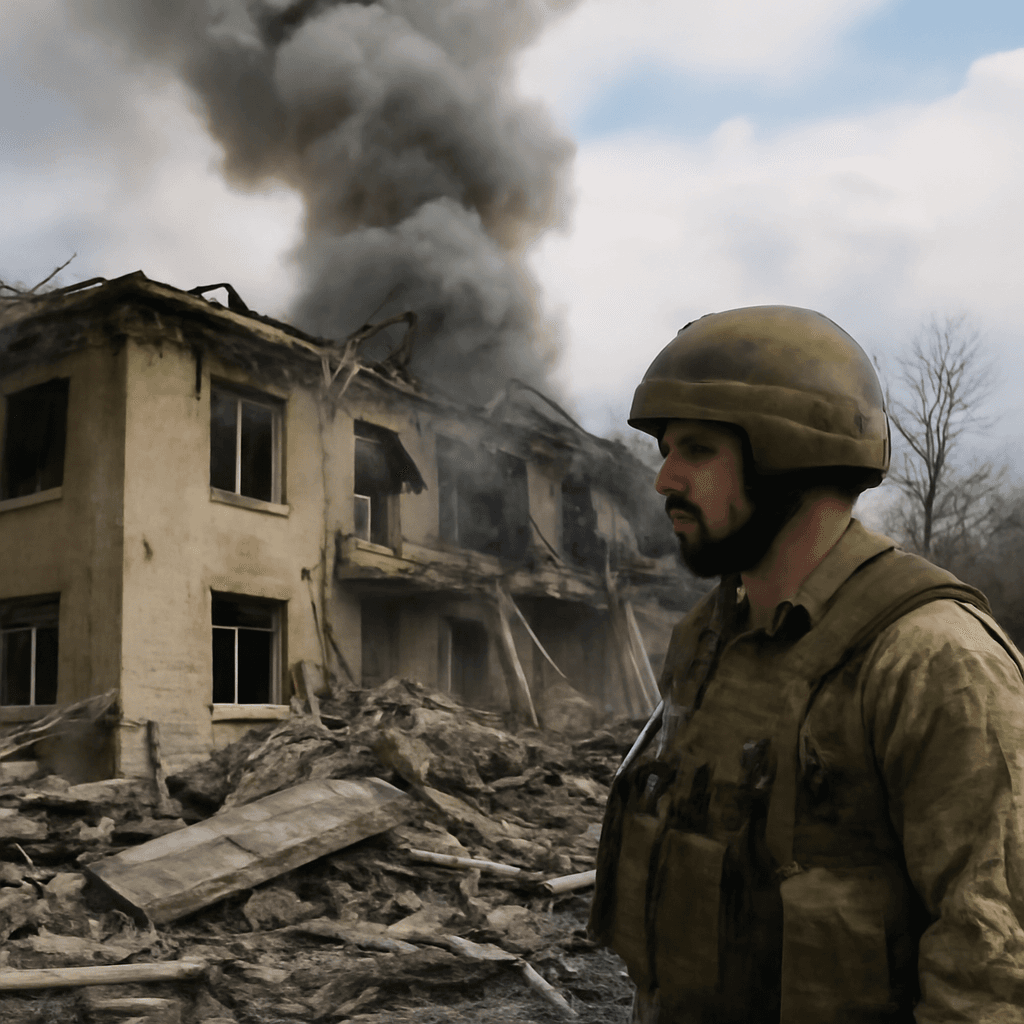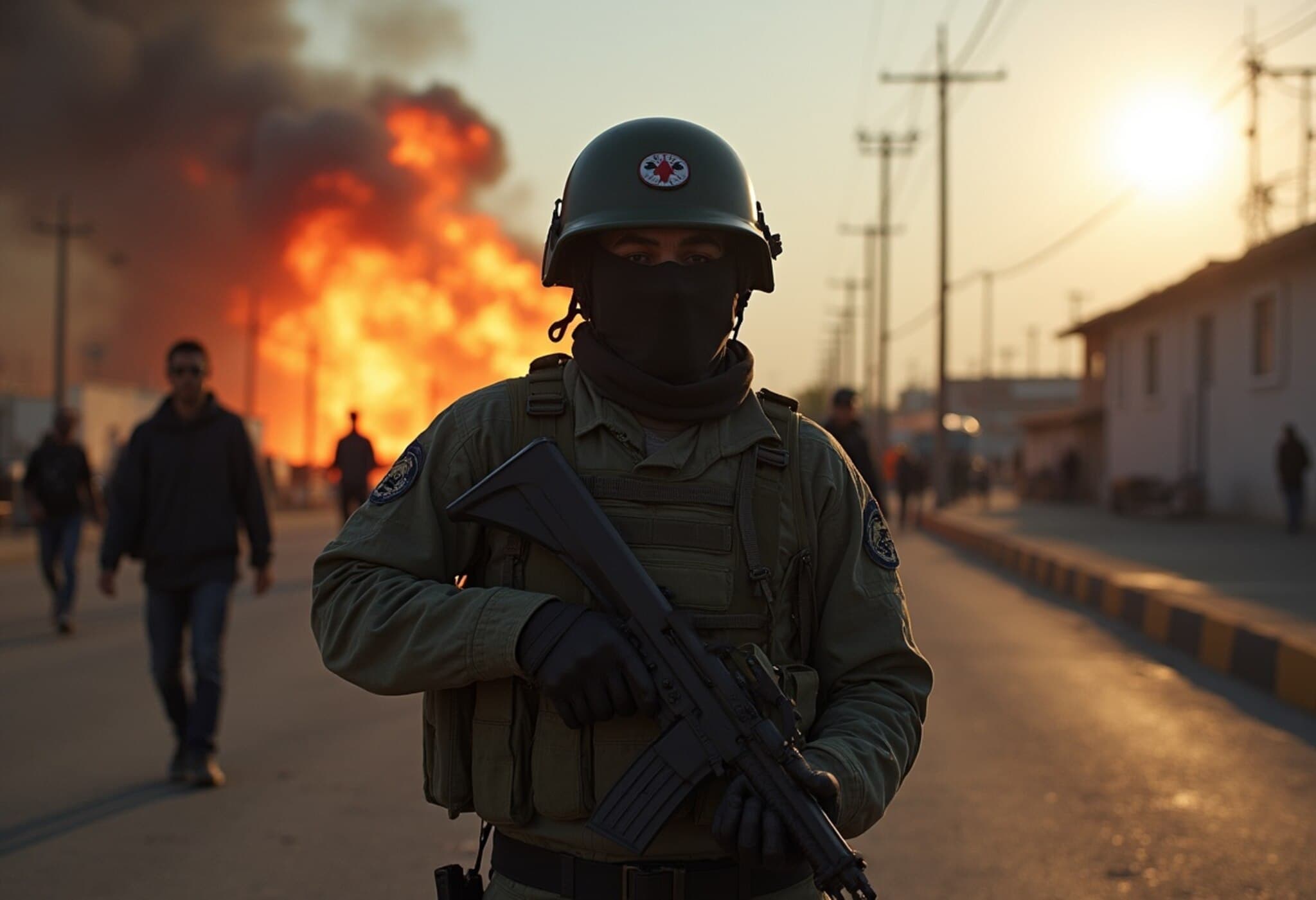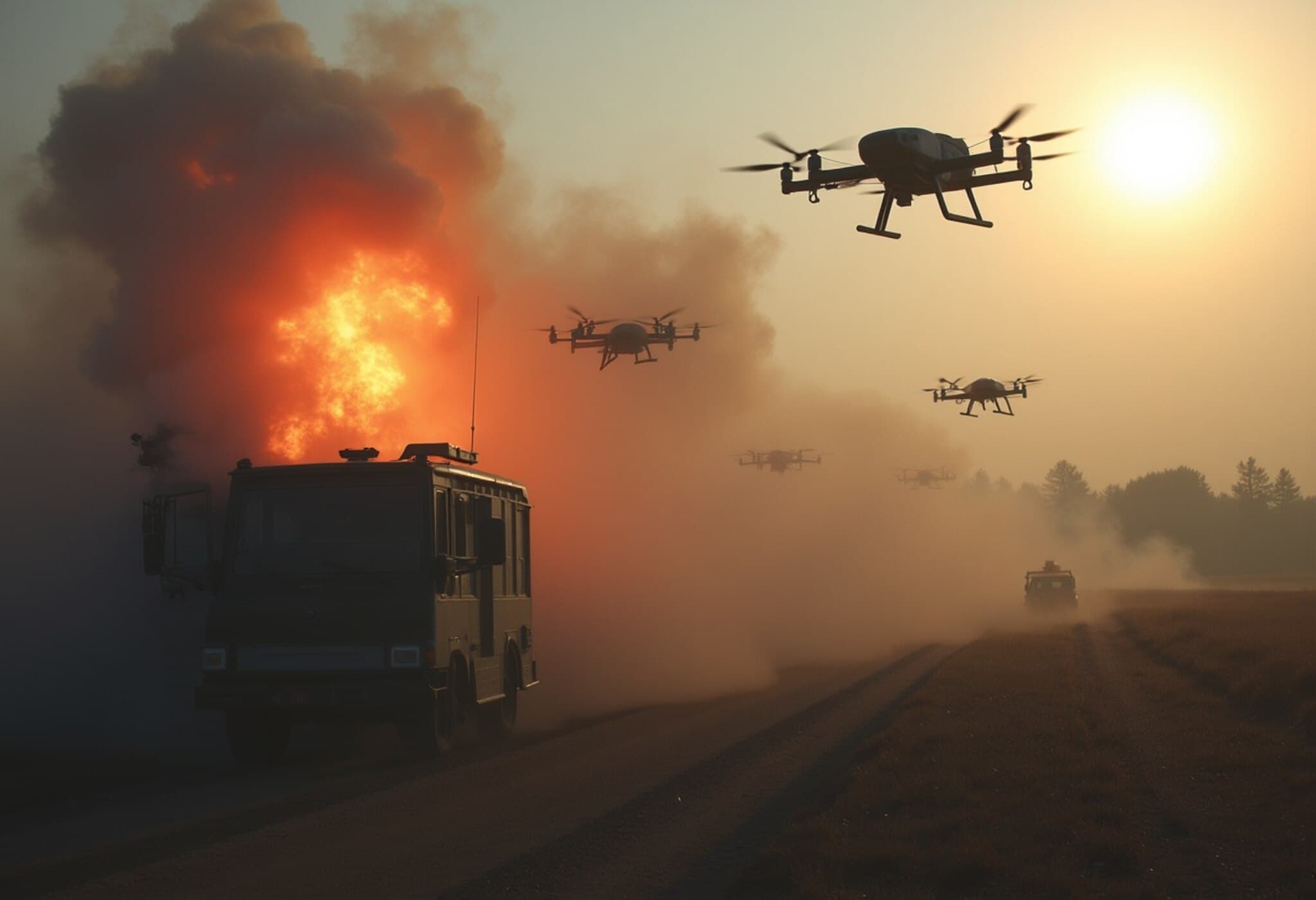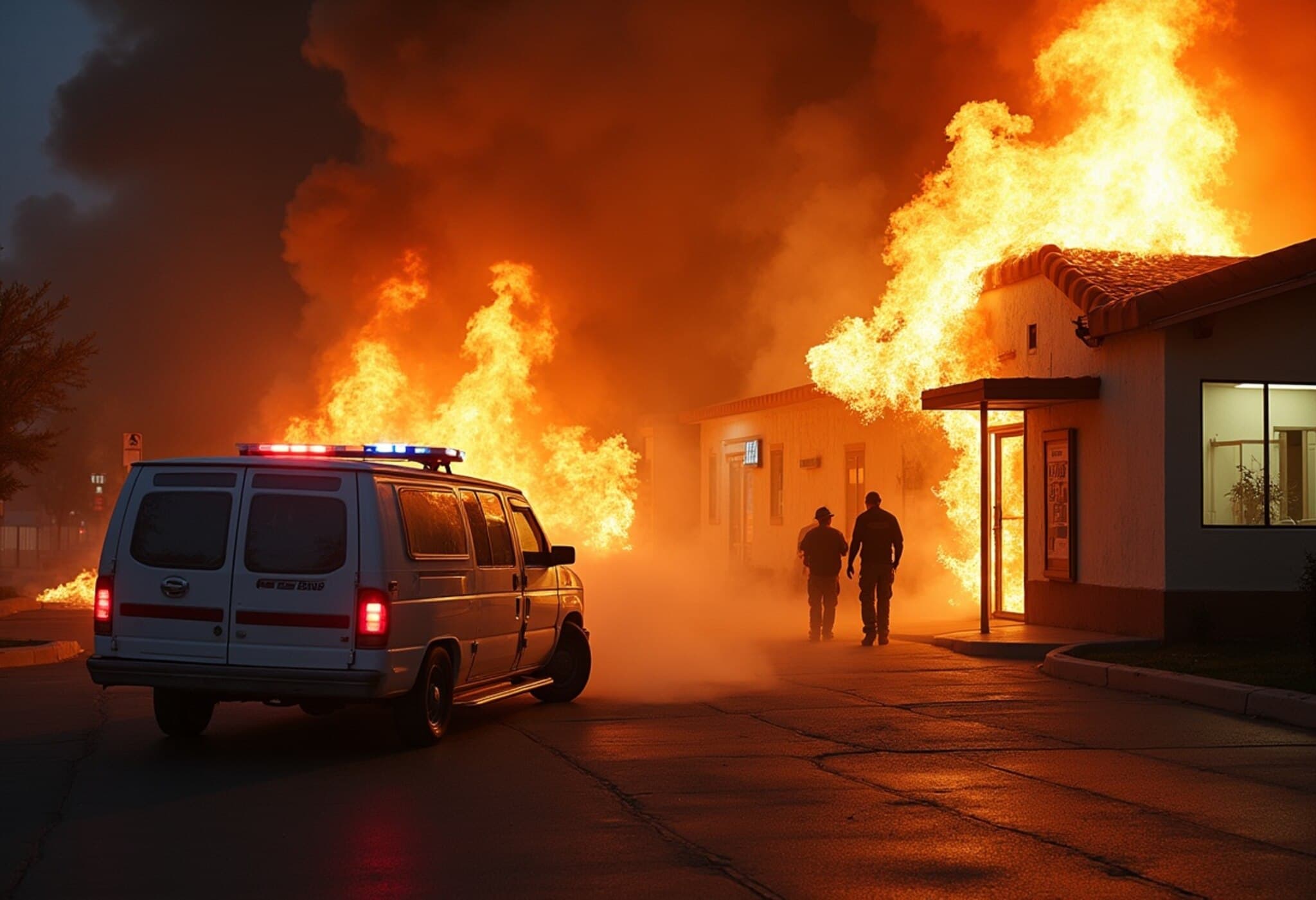Massive Disruptions at Moscow’s Airports Following Ukrainian Drone Strikes
On the back of an unprecedented escalation in drone warfare, several airports serving Moscow were forced to temporarily suspend operations, disrupting hundreds of flights and rattling Russia’s capital city. According to Russia’s aviation watchdog, flights at four major Moscow airports were severely impacted, with over 130 flights diverted and at least 140 flights canceled. Though normalcy has since returned, the incident underscores the intensifying conflict and its far-reaching effects.
Scale and Scope of the Drone Attacks
The Russian Ministry of Defence reported that since early Saturday morning, over 230 Ukrainian drones have been shot down across Russian territory, including 27 over Moscow itself. These highly coordinated attacks reflect Ukraine’s growing use of drone technology as a cost-effective yet disruptive strategy to target key infrastructure deep inside Russia.
The attacks extended beyond Moscow, affecting the Kaluga region, southwest of the capital, where Kaluga International Airport had to temporarily close after Russian defense forces intercepted 45 drones. Additional drone interceptions were recorded near Ukraine’s border areas such as Rostov and Bryansk, and over the Black Sea, although authorities report no casualties from these particular strikes.
Escalations and Broader Implications
In a tit-for-tat escalation, Ukraine’s air force stated it successfully shot down 18 of 57 Russian drones overnight on Sunday, and reported that radar disruptions caused the loss of seven more drones. Meanwhile, Russian retaliatory strikes targeted regions including Sumy, Donetsk, Kharkiv, Dnipropetrovsk, and Zaporizhzhia, highlighting how the conflict continues to drain resources and escalate human costs on both sides.
Compounding the human toll, regional Ukrainian officials confirmed at least three fatalities during overnight missile strikes on Kyiv. Meanwhile, Russia’s tour operator association (Ator) revealed that airports across Russia had to shut down at least 10 times in 24 hours due to the persistent aerial threats.
What This Means for Civil Aviation and Security
- The sudden suspension of airport operations reflects vulnerabilities in civil aviation security within conflict zones, raising questions about the preparedness of global aviation networks to withstand drone and cyber threats.
- The high volume of drone interceptions indicates a costly aerial arms race, where defense systems must keep pace with rapidly evolving unmanned technologies.
- Flight cancellations and diversions not only affect passenger convenience but also have broader economic repercussions, particularly in regions heavily reliant on air travel for business and tourism.
Kremlin’s Position Amid Ongoing Hostilities
Despite the intensity of the confrontations, Kremlin spokesperson Dmitry Peskov emphasized that Russian President Vladimir Putin remains open to a peaceful resolution but insists that Russia’s strategic objectives must be met first. "President Putin has repeatedly expressed his commitment to a peaceful settlement, yet acknowledges the complexity and arduous nature of the process," Peskov stated.
This declaration illustrates an intricate balance: a willingness for dialogue shadowed by resolute pursuit of military and political goals. Observers note that such statements often serve dual purposes—signaling diplomatic openness while maintaining pressure on adversaries.
Expert Insights: The Rising Role of Drones in Modern Conflict
Military analysts view the surge in drone confrontations as emblematic of a broader shift in warfare dynamics. According to defense expert Dr. Emily Carter, "Drones offer asymmetric leverage—allowing a nation like Ukraine, facing a conventionally superior adversary, to inflict tactical disruptions far from frontlines. This shifts battlefields from static lines to dynamic, high-tech engagements."
However, this also raises critical cybersecurity and regulatory concerns for civilian sectors. Airports and urban centers increasingly find themselves collateral participants in conflicts, underscoring the urgent need for international frameworks addressing drone warfare and civilian protections.
Looking Ahead: What to Watch For
- The resilience and adaptability of Russia’s air defense systems against drone swarms.
- The impact of continuous flight disruptions on regional economies and global supply chains.
- Moves by international aviation bodies to mitigate risks posed by drones in conflict and peacetime contexts.
- Potential shifts in diplomatic talks influenced by ongoing military pressure and civilian hardships.
Editor’s Note
These drone attacks symbolize more than just military skirmishes; they epitomize how modern conflicts spill beyond traditional battlefields, directly affecting civilian infrastructure and global transport networks. While the drone technology offers tactical advantages, its growing deployment amidst densely populated areas creates a precarious balancing act between national security interests and public safety. As the geopolitical chess game unfolds, one pressing question remains: how will international law and aviation authorities evolve to safeguard civilians in an era defined by unmanned warfare?

